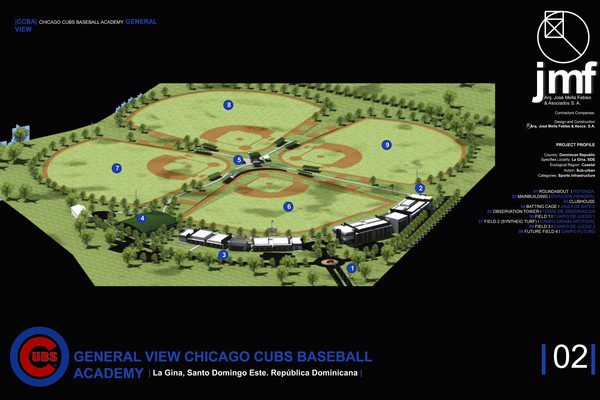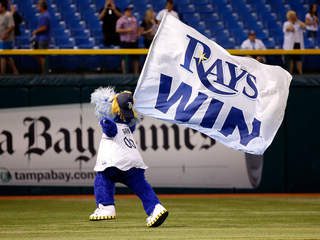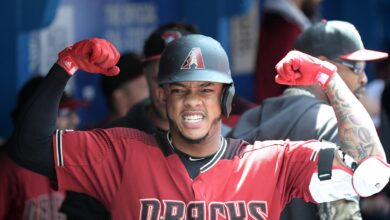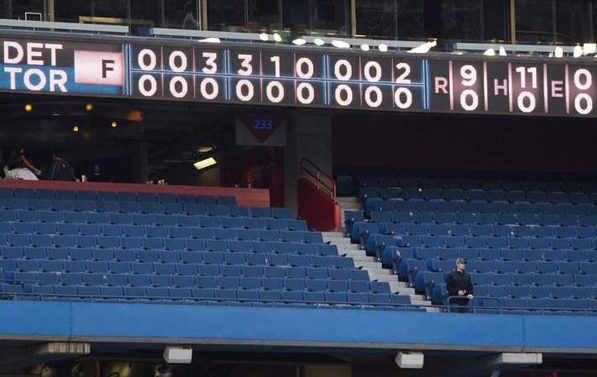

It seems Major League Baseball will stop at nothing to save a buck, even if it means doing long-term damage to their product. In an interview with Baseball America, Commissioner Bud Selig stated that he viewed subjecting international players to a draft process as a clear part of the sport’s future, going so far as to call the change “inevitable.” The damage this sort of shortsightedness will do to the game won’t be felt for the next five years. Rather, it is a long-run issue that essentially tells talented international athletes they should go play soccer or basketball. These statements from Selig present a topical opportunity to discuss the issues that recent changes to the amateur-talent acquisition process have had and will have on the most important aspect of baseball: the product on the field.
Serious changes were made to the domestic draft process when the new Collective Bargaining Agreement was finalized this offseason, allotting each team an annual “spending pool,” or cap, for the Rule 4 Amateur Draft. If teams exceed this spending cap, they are penalized. Capping spending on amateur talent means less money will be spent in the draft. Less money to spend in the draft means it’s harder to make these kids “Godfather offers” to keep them from going to college. Now, more prospects will be accepting scholarships to play NCAA ball where they can get hurt, get worn out by coaches who act primarily in their own self interests, learn bad habits, or choose to play basketball, football with a little help of socceroos somewhere along the way. It behooves these MLB teams to start developing players as early as possible, and the new CBA goes great lengths to prevent that from happening. Under these new rules, Bubba Starling and Carl Crawford might have been under center at Nebraska and Matt Kemp might be at a team shoot-around right now.
While the changes in the draft further limit the earning power of these players, the fact is the draft in and of itself destroys earning power and is an egregious violation of anti-trust law. Not only are players forced to work at a salary well below what they’d earn if their services were available on the open market, but they’re told where to work as well.
Imagine walking the stage at your college graduation at Pepperdine. You grew up in Maine but went to school in California. You love it in Malibu and never want to leave. You grab your diploma and your school’s president tells you, “Congratulations, youngin. You’ve just been selected to work at an accounting firm in Minnesota.” These violations are circumvented by the collective bargaining process. You can violate anti-trust as long as your labor force says it’s okay. Unfortunately for amateur players, they have no voice at the bargaining table. If a high school or college player wanted to buck the system and bring a suit against the process, it would make for an interesting case, but he’d better be willing to sacrifice his career for it.
Similar collusion against the earning power of international free agents is starting to occur. The last CBA sets forth a similar spending pool that caps the amount of funds a team can spend on international free agents. Fortunately for Latin American players, they have a say in what team they choose to sign with. Also, if teams so choose, they can spend the entirety of their pool on one player instead of spreading it out like they would in the draft. It’s a system more likely to hurt second-tier LA prospects than the top guys.
But now Selig wants his draft. To impose the draft on international players has even more dire consequences related to losing talent. Not only do players now have disincentive to pursue baseball because it may not be as immediately lucrative as other athletic avenues, but teams have no reason to spend money developing talent either. Right now, lots of teams have baseball academies all over Latin America. These academies often provide education on and off the diamond to kids who would otherwise be forced to fend for themselves. Charitable to a degree, but the teams benefit, as well. They have a presence in communities rife with talent. Club employees develop relationships and notoriety with the most talented of prospects. This rapport may help convince a prospect to sign with your club.
With a draft in place, what reason do franchises have to continue to develop talent in these countries? A player you spend years cultivating is snatched away in the draft before you even have a chance to pick him. Other teams now reap the fruits of your labor. The international draft will make players and teams apathetic about their previously mutually beneficial relationship.
The results of this process can already be seen in Puerto Rico. Previously a baseball prospect hotbed, Puerto Rico is now a wasteland in comparison. The country that once yielded eight All-Stars in 1997 alone, only had 20 players on MLB rosters for opening day 2011. What casued this deterioration? In 1990, Puerto Rico became subject to the draft. The New York Times ran a piece about it in January. Check it out here.
People like to watch great baseball players, and there will be less of them to watch if Bud Selig gets his way and implements an international draft. Hopefully he retires before implementing such insipid reform because his owner cronies have been nothing but yes-men during his reign.





